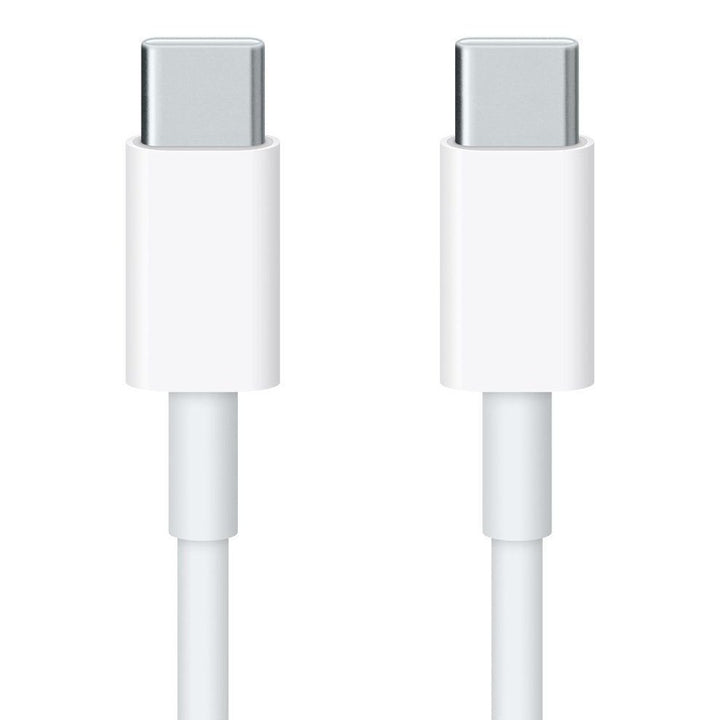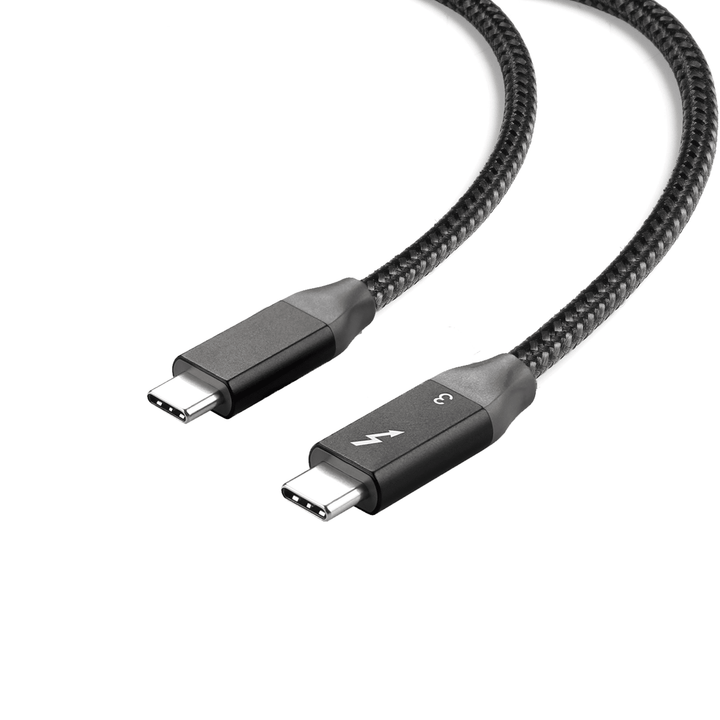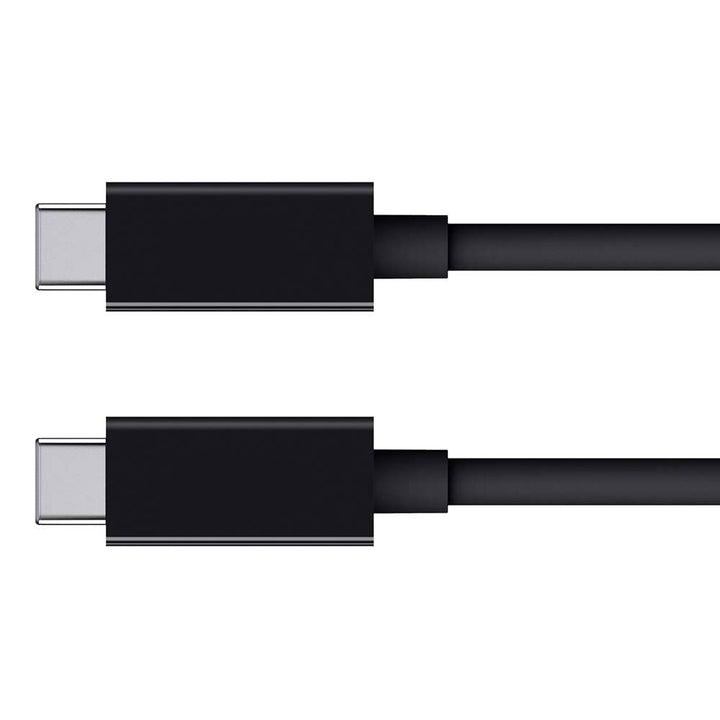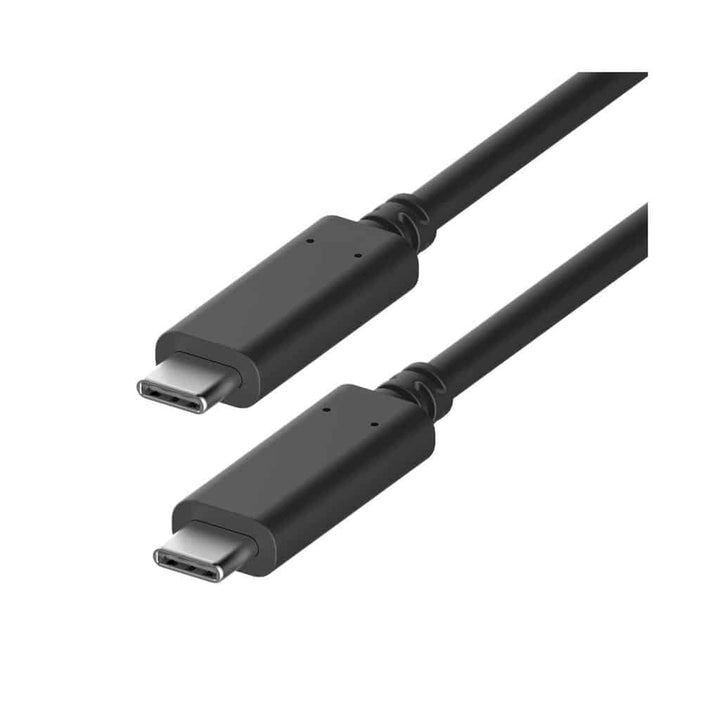Decoding USB Standards: Unveiling the Evolution of Connectivity

In the ever-expanding universe of tech connectivity, USB standards have undergone a remarkable evolution, shaping the way devices communicate, transfer data, and deliver power. The advent of USB-C, coupled with the emergence of Thunderbolt technology, has revolutionized the connectivity landscape, offering an array of capabilities and speeds to cater to diverse user needs.
Featured 4XEM USB-C Cables
USB-C: A Universal Game-Changer
The introduction of USB Type-C heralded a paradigm shift in the realm of connectivity. With its reversible design and versatile capabilities, USB-C swiftly became the standard bearer for modern devices. However, within the USB-C umbrella, distinctions exist, primarily delineated by their generational differences.
Understanding USB-C Generations
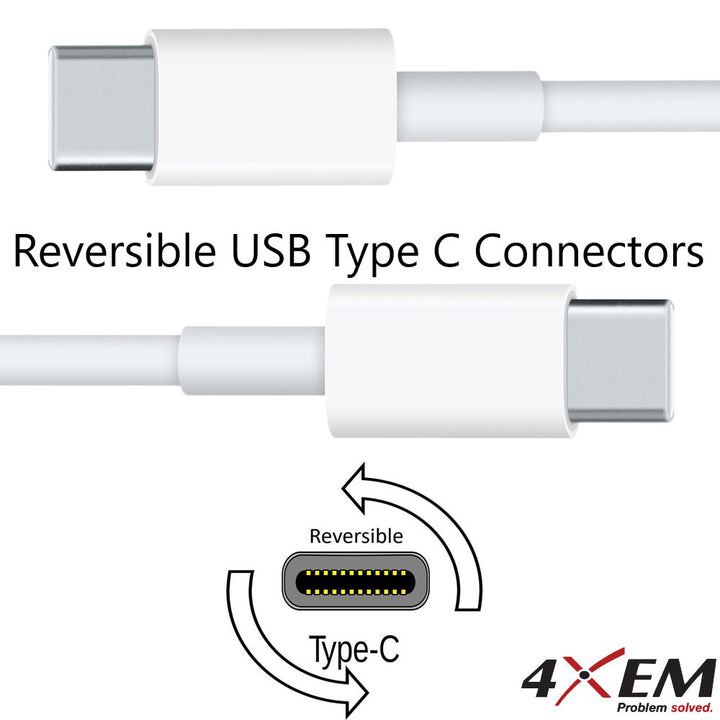
USB-C Gen 1: Initially, USB-C Gen 1 emerged as a robust and versatile connector, capable of data transfer speeds up to 5 Gbps. While slower compared to its successors, Gen 1 remains a reliable choice for everyday data transfer and charging needs.
USB-C Gen 2: Stepping up the game, USB-C Gen 2 doubled the data transfer speeds, reaching up to 10 Gbps. This heightened velocity opened doors for faster file transfers, smoother multimedia streaming, and more efficient data management, appealing to users seeking enhanced performance.
USB-C Gen 3 (USB 3.2): The latest iteration, USB-C Gen 3 (USB 3.2), raised the bar further by pushing data transfer rates to a staggering 20 Gbps. This exponential leap in speed cements its position as the go-to choice for users demanding lightning-fast connectivity.
Enter Thunderbolt: Beyond USB
While USB standards continue to evolve, Thunderbolt technology entered the fray, offering a level of performance and versatility that surpasses traditional USB-C capabilities. Developed by Intel in collaboration with Apple, Thunderbolt combines the prowess of data transfer, power delivery, and video output into a single, lightning-fast protocol.
Thunderbolt 3: The Titan of Connectivity
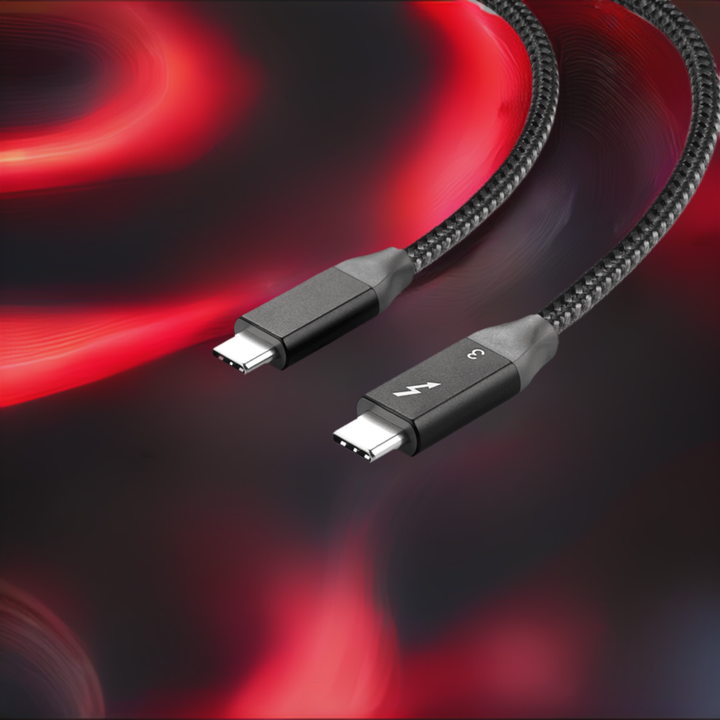
Thunderbolt 3, utilizing the USB-C connector, redefined connectivity standards. With an impressive data transfer rate of up to 40 Gbps, Thunderbolt 3 supports daisy-chaining multiple devices, high-resolution display outputs, and power delivery of up to 100W. Its versatility makes it a preferred choice for content creators, power users, and those seeking unparalleled performance.
The Fusion: USB-C and Thunderbolt 4
The evolution continues with Thunderbolt 4, integrating the capabilities of Thunderbolt with the USB4 specification. Thunderbolt 4 maintains backward compatibility with Thunderbolt 3 and USB-C while guaranteeing minimum data transfer rates, support for multiple 4K displays, and improved security protocols.
The landscape of USB standards, particularly within the USB-C domain and the advent of Thunderbolt technology, has ushered in an era of unparalleled connectivity. As USB standards evolve and Thunderbolt technology continues to push boundaries, users and resellers can expect enhanced performance, faster data transfer, and seamless compatibility across an array of devices.
Understanding these standards empowers users to make informed choices, ensuring their devices remain at the forefront of connectivity evolution, catering to the demands of modern tech landscapes.
Contact 4XEM Today!

